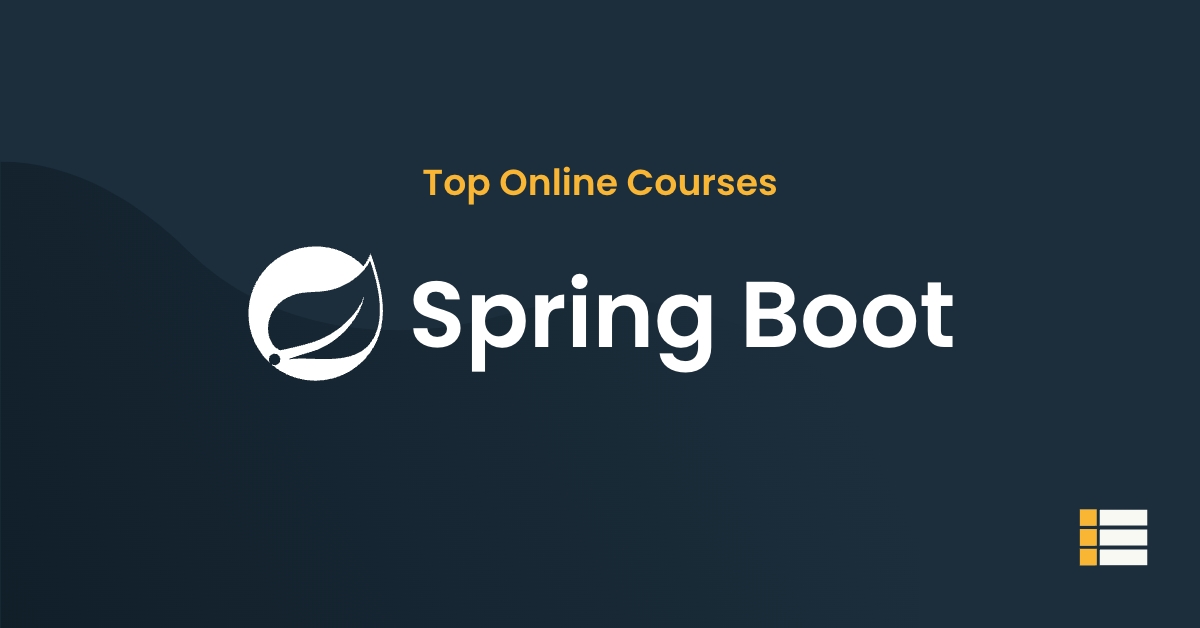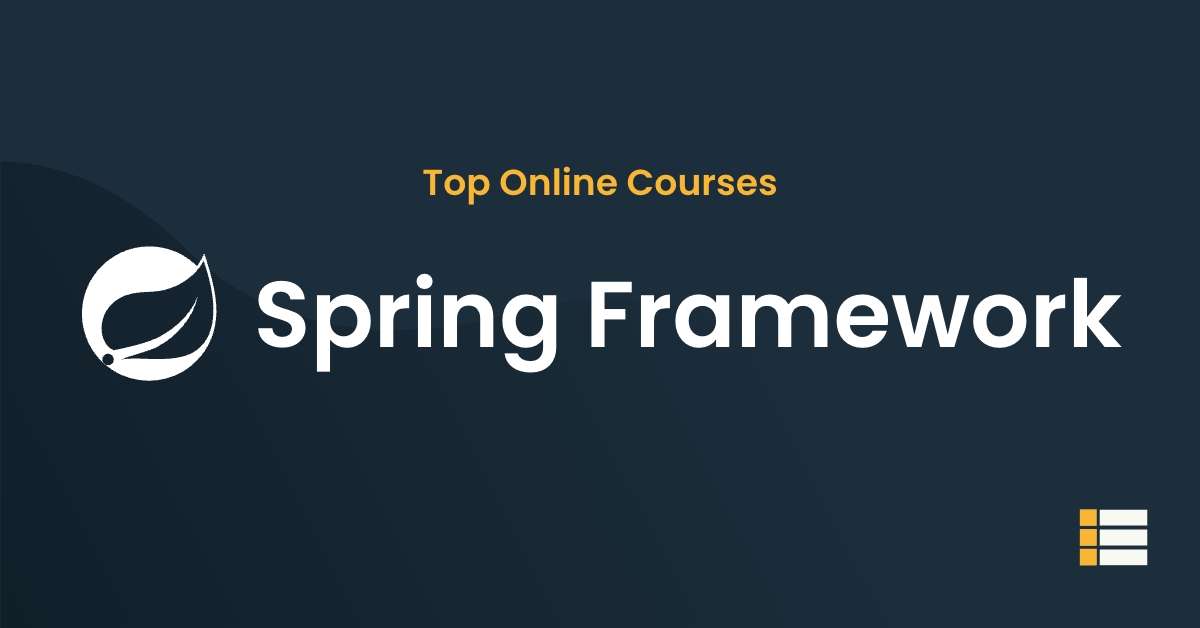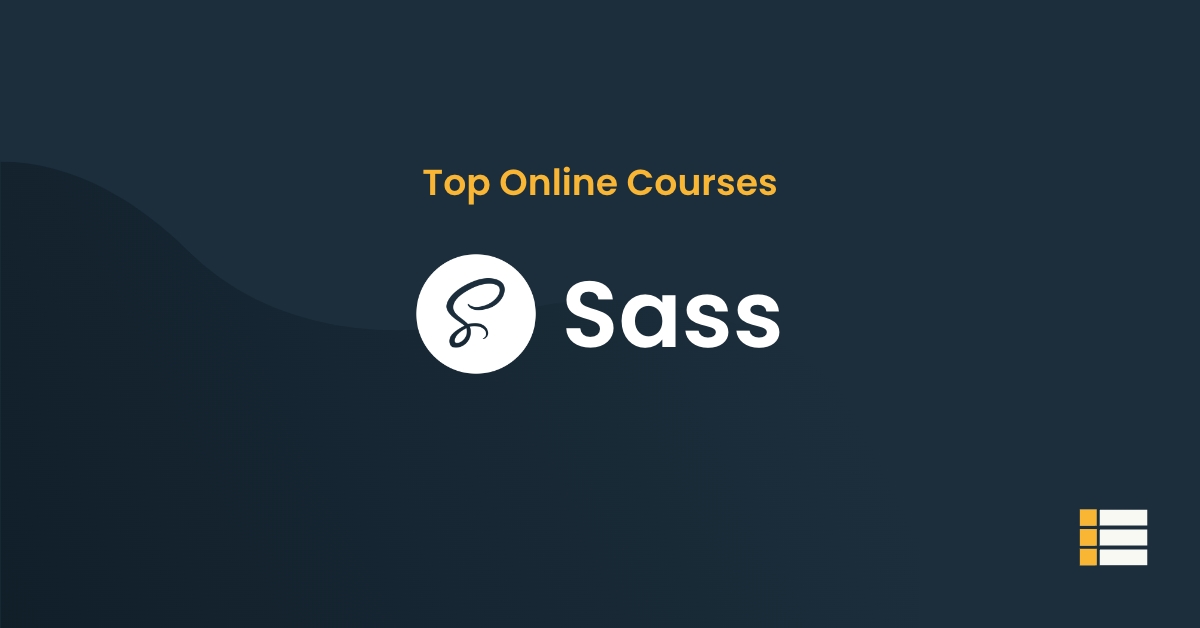Are you looking to learn more about OAuth and how it can benefit your development projects?
OAuth is an essential tool for developers looking to secure their web applications and protect user data.
Let’s discuss why it is important to learn OAuth and the different ways it can help make your applications more secure.
Table of Contents
Learning OAuth Online: A Student’s Guide
What is OAuth?
OAuth 2.0 is an open standard that provides secure authorization for applications to access resources on behalf of users. It is a widely used protocol that enables applications to access user data in a secure and controlled manner.
OAuth is commonly used to grant access to APIs, services, and other resources.
At its core, OAuth is a protocol for granting access to resources. It is a process by which users grant access to their data or resources to applications without having to share their credentials.
OAuth allows users to grant access to an application without the application having to store the user’s credentials. Instead, the user grants the application permission to access their resources.
To use OAuth, users must first register with a service provider and grant permission to the application.
The service provider issues an access token, which is used by the application to access the user’s data. This token has limited access and is only valid for a specific period of time.
The OAuth protocol has several different versions, each with slightly different rules. The most commonly used version is OAuth 2.0, which is more reliable and secure than the earlier versions. OAuth 2.0 is also simpler to implement and use.
It is an important part of the modern web, and it is essential for creating secure, user-friendly applications.
Resources
When it comes to understanding OAuth, there are a lot of resources out there to help.
Here are some of the best OAuth learning resources out there.
Books
- OAuth 2 in Action: This book offers a comprehensive guide to implementing OAuth 2.0. Written by Justin Richer and Antonio Sanso, it covers everything from the basics of OAuth to the advanced implementation of different OAuth flows.
- OAuth 2.0 Simplified: Written by Aaron Parecki, this book provides an introduction to OAuth 2.0. It covers the core concepts of OAuth as well as specific implementation details. It also provides code samples and examples that you can use to try out the concepts.
Website & other courses:
- OAuth.net: This website provides a comprehensive guide to OAuth 2.0. It covers the core concepts of OAuth, as well as specific implementation details. It also provides links to other helpful resources.
- OAuth.io: This website provides an easy way to implement OAuth.
- OpenID Connect: This website provides an introduction to OpenID Connect, which is an extension of OAuth. It covers the core concepts of OpenID Connect as well as specific implementation details.
- Auth0 Blog: This blog provides articles about OAuth and other authentication technologies.
- Authentication & Authorization – OAuth 2.0 – Udacity
- OAuth 2.0 Course – API-University
- Mastering OAuth 2.0 and OpenID Connect – pragmatic web security
- OAuth Introduction – Web Security and Access Management – Educative.IO
Frequently Asked Questions
Is OAuth difficult?
OAuth can be a complex topic to understand, but it doesn't necessarily have to be difficult. There are several libraries and frameworks that make it easier to implement OAuth, and understanding the basics of how it works can make it easier to grasp the more challenging parts. With the right resources and support, implementing OAuth can be a manageable task.
Is OAuth and SSO the same?
No, OAuth and SSO are not the same. OAuth is an authorization protocol that enables users to securely access data and services by granting access to their accounts, while SSO is a technology that allows users to use one set of credentials to access multiple applications. With OAuth, users authorize access to their resources through an authorization server, while with SSO, users authenticate once and gain access to multiple applications.
What is the difference between OAuth 1 and OAuth 2?
OAuth 1 is the first version of the OAuth protocol, released in 2006. It is a secure authorization protocol that allows third party applications limited access to a user's data without requiring the user to share their credentials. OAuth 2 is the second version of the OAuth protocol, released in 2012. It is an improved version of OAuth 1, offering better security and improved usability. Additionally, OAuth 2 provides authorization and authentication were possible with OAuth 1, but with a wider range of authorization types. OAuth 2 also provides additional security measures, such as the use of refresh tokens and the ability to limit access to specific areas of an API.
Which is better SAML or OAuth?
OAuth is a better choice than SAML in most cases. OAuth is an open protocol which is designed to be simpler and lighter weight than SAML. It is more flexible and does not require as much setup and maintenance. OAuth can be used for authentication and authorization, and provides more granular control over access than SAML. Additionally, OAuth access tokens are typically shorter-lived than SAML tokens, making OAuth better suited for mobile and web applications.
What is OAuth in API?
OAuth is an open standard for authorization that provides a way for users to grant third-party access to their web resources without having to share their credentials (typically a username and password pair). OAuth in API is a protocol that lets external applications request authorization to access protected resources from a web service, on behalf of the service's user, without having to store their user credentials. OAuth allows an application to access a user's resources on a web service such as Facebook, Dropbox, or GitHub, without having to know a user's credentials. It is commonly used as a way for users to log into third party websites using their Microsoft, Google, or Facebook accounts, without having to give away their password.
Conclusion
In conclusion, the implementation of OAuth authentication can be a complicated and tedious process for the average user.
However, with the help of online resources, such as tutorials and forums, the average user can easily learn and implement OAuth authentication in their own projects.
By taking advantage of the available online resources, users can quickly and efficiently understand and implement OAuth authentication, allowing them to quickly and securely develop their projects.

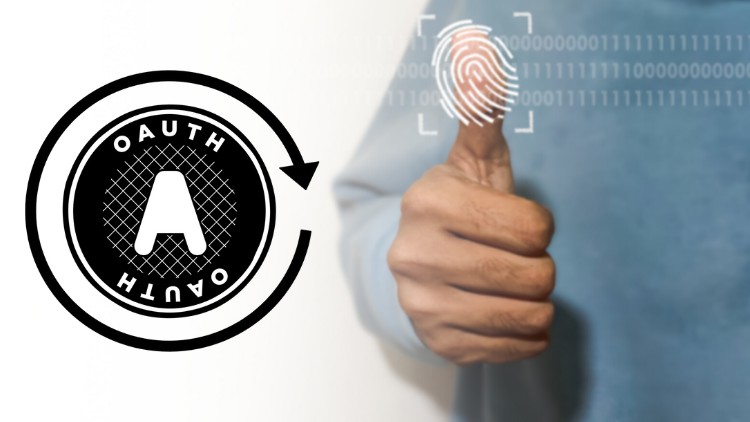
 Online course by
Learning Skills Academy
Online course by
Learning Skills Academy

 Online course by
Matthias Biehl
Online course by
Matthias Biehl

 Online course by
Charnnarong Chomthiang
Online course by
Charnnarong Chomthiang

 Online course by
Sergey Kargopolov
Online course by
Sergey Kargopolov

 Online course by
Le Deng
Online course by
Le Deng

 Online course by
Zach LaCourse
Online course by
Zach LaCourse

 Online course by
Programming Made Easy
Online course by
Programming Made Easy
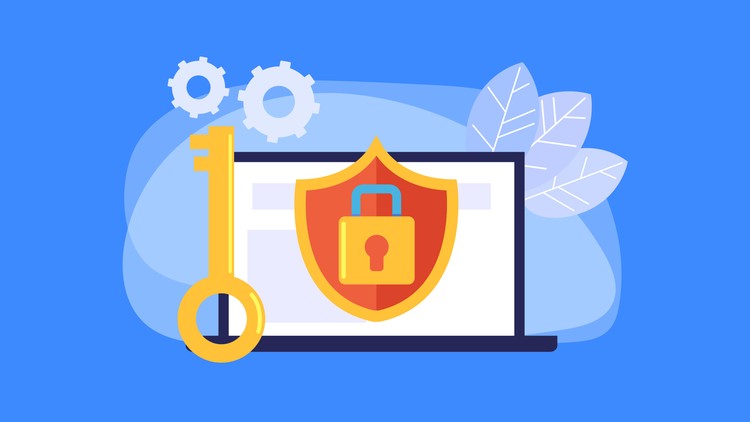
 Online course by
James Brooks
Online course by
James Brooks
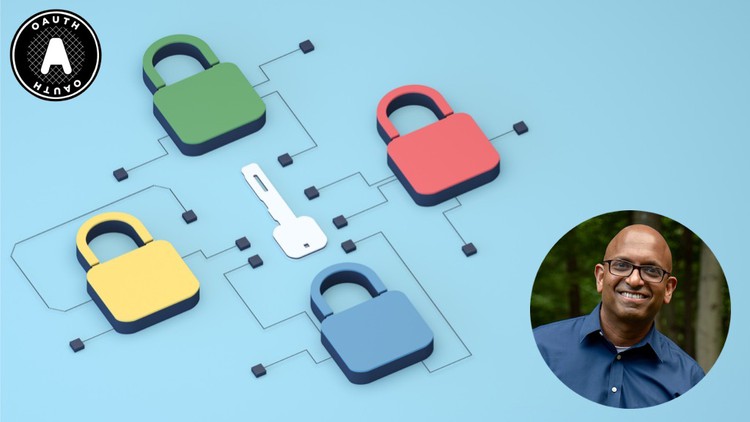
 Online course by
Viraj Shetty
Online course by
Viraj Shetty

